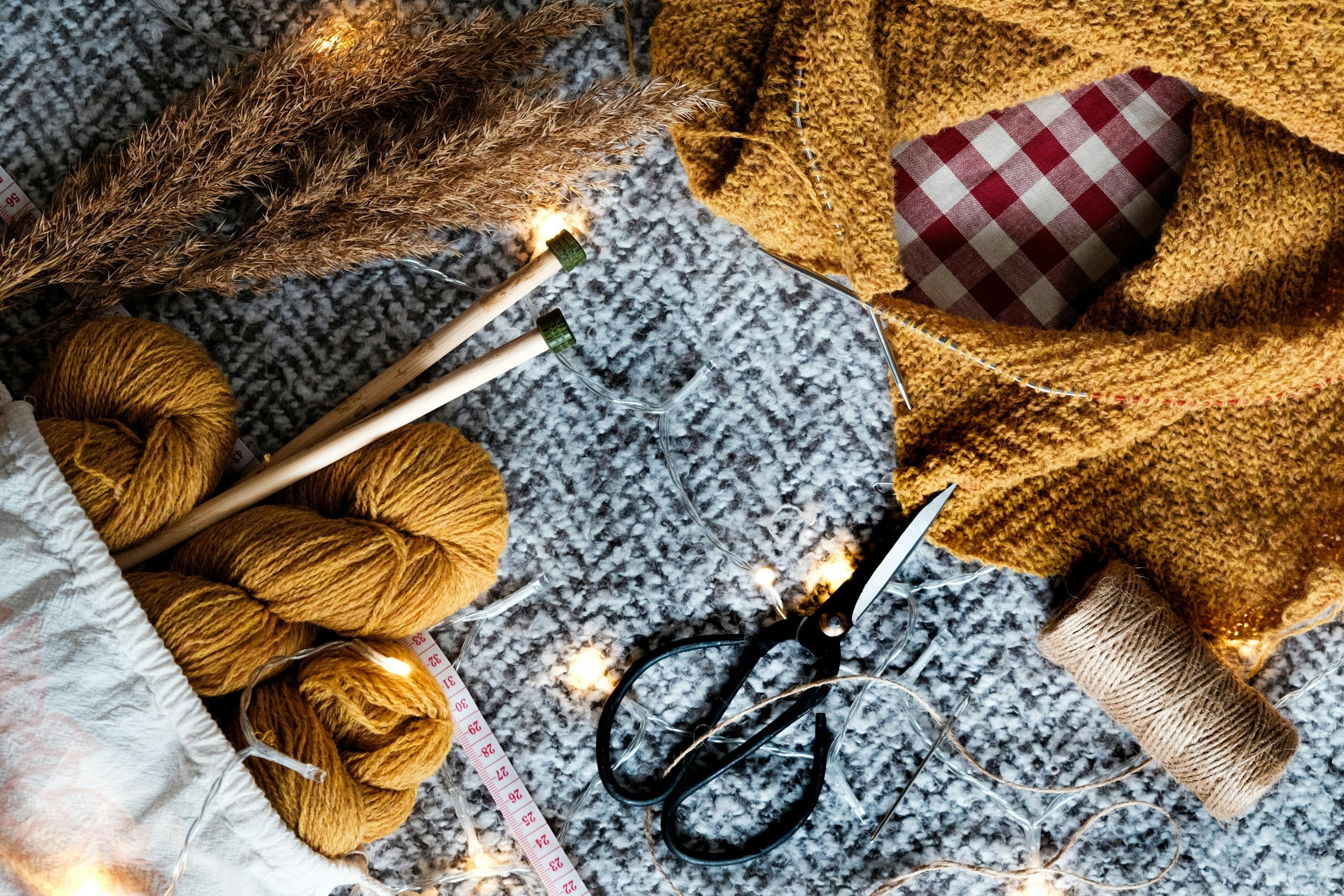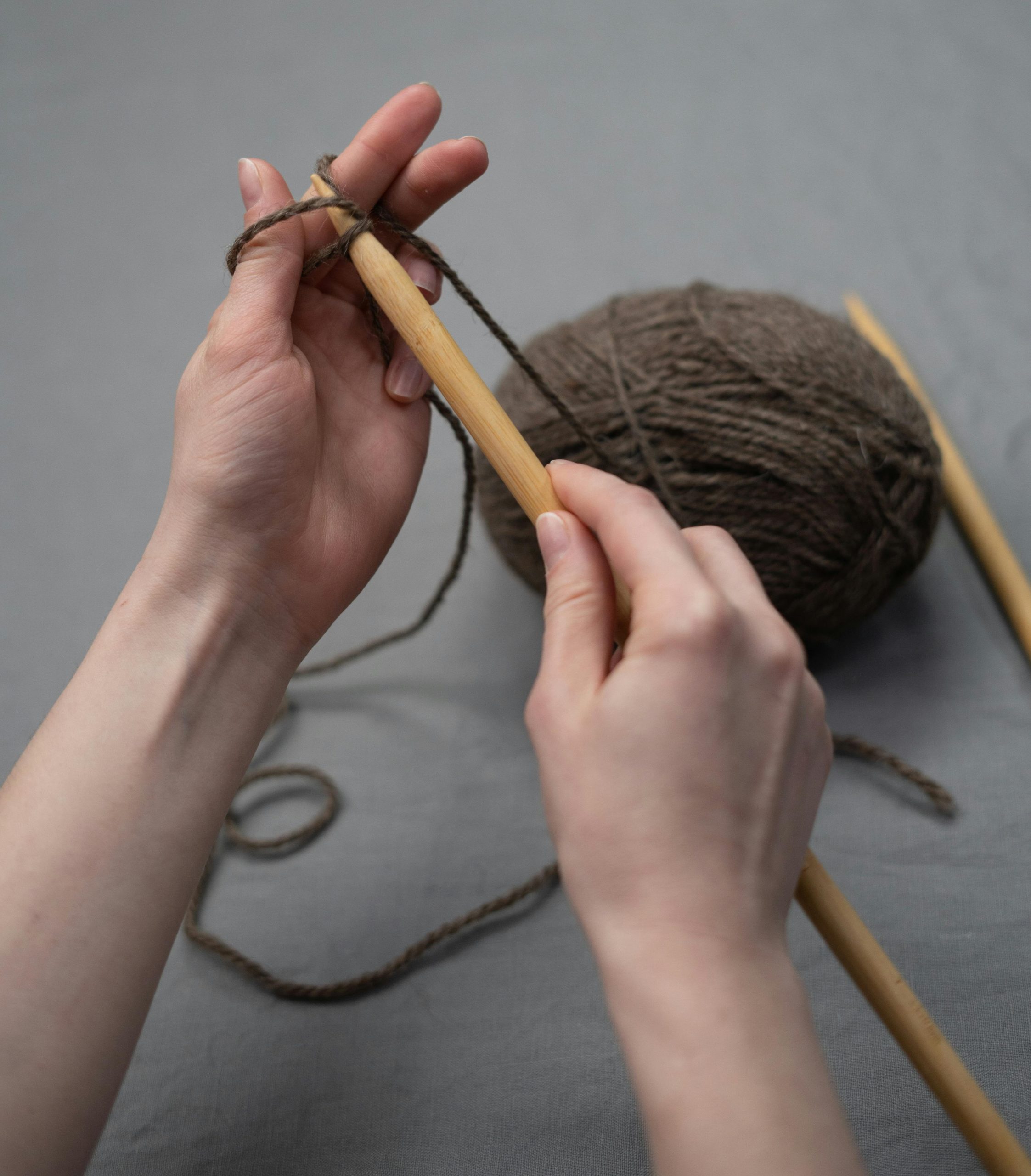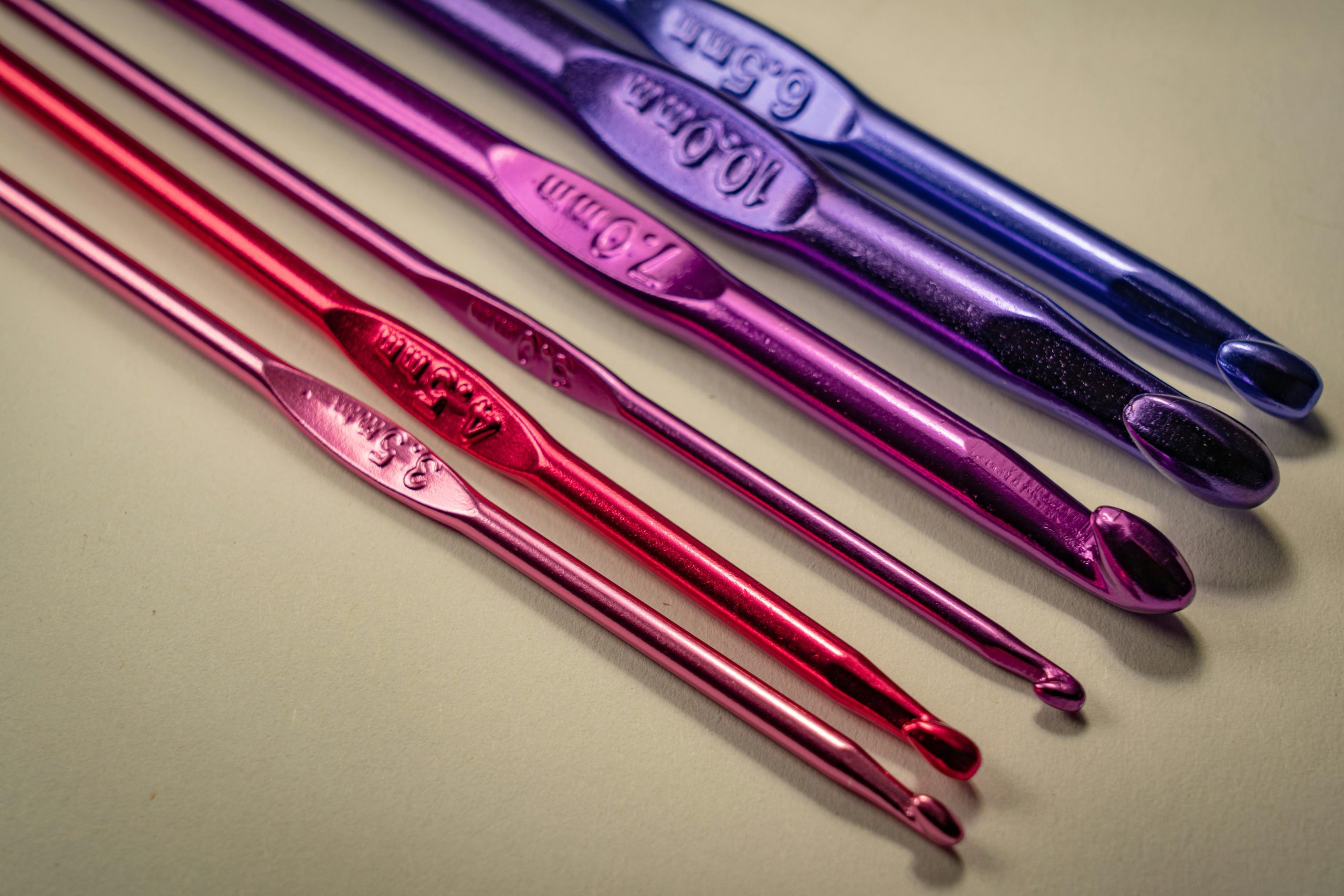Knitting is a popular craft that requires the use of knitting needles. However, knitters may sometimes encounter an issue where their knitting needles become sticky or tacky, making it difficult to work with yarn smoothly. This article aims to explore the reasons behind sticky knitting needles and provide some insights into how to address this problem.
Possible Causes of Sticky Knitting Needles
There are several factors that can contribute to the stickiness of knitting needles. Let’s delve into some of the potential causes:
1. Residue Buildup
Over time, knitting needles can accumulate residue from various sources, such as oils from our hands, lotions, or even yarn fibers. This residue can create a sticky film on the needles’ surface, which hinders the smooth movement of the yarn. Here are some points to consider regarding residue buildup on knitting needles:
- Regularly clean your knitting needles with a mild soap and water solution to remove any accumulated residue.
- Gently scrub the needles with a soft cloth or sponge to ensure thorough cleaning.
- Dry the needles completely before using them again to prevent moisture from contributing to stickiness.
Cleaning your knitting needles regularly can help eliminate residue buildup and restore their smoothness for a better knitting experience.

2. Sweaty Hands
Sweaty hands can also be a common cause of sticky knitting needles. When knitting for extended periods or in warmer environments, perspiration from our hands can transfer to the needles and create a sticky sensation. Here are some points to keep in mind regarding sweaty hands and sticky needles:
- Consider using hand lotion or talcum powder to keep your hands dry while knitting.
- Wipe your hands with a clean towel or cloth before starting your knitting session to remove excess moisture.
- Use lightweight and breathable knitting needle materials, such as bamboo or wooden needles, which are less likely to become sticky due to sweaty hands.
By taking preventive measures and keeping your hands dry, you can minimize the stickiness caused by sweaty hands while knitting.
3. Environmental Factors
The surrounding environment can also play a role in making knitting needles sticky. Here are some environmental factors to consider:

- High humidity levels can cause moisture to accumulate on the surface of knitting needles, leading to stickiness. Store your needles in a dry and well-ventilated area to minimize the impact of humidity.
- Exposure to dust or lint can make knitting needles sticky. Keep your needles covered or stored in a protective case when not in use to prevent them from collecting debris.
- Airborne pollutants or chemicals can sometimes interact with the material of knitting needles, causing stickiness. Avoid knitting in areas with strong chemical odors or pollutants.
By controlling the environmental factors and providing proper storage for your knitting needles, you can reduce the likelihood of them becoming sticky.
Addressing Sticky Knitting Needles
If you find that your knitting needles have become sticky, there are several steps you can take to address the issue:
1. Cleaning
As mentioned earlier, cleaning your knitting needles is an effective way to remove residue and stickiness. Follow the cleaning steps mentioned above to ensure thorough cleaning and drying of the needles.
2. Sanding
If the stickiness persists even after cleaning, you can try lightly sanding the needles’ surface to smooth out any rough areas. Use fine-grit sandpaper and gently sand the affected parts. However, be cautious not to remove too much material or alter the shape of the needles.
3. Waxing
Applying a thin layer of wax on the surface of the knitting needles can help reduce stickiness. Natural waxes like beeswax or paraffin wax can be used. Rub the wax gently on the needles and buff themfor a smooth finish.

4. Needle Covers
Using needle covers or caps when storing your knitting needles can help protect them from dust, lint, and other environmental factors that can contribute to stickiness. Invest in a set of needle covers or repurpose materials like rubber bands or pencil erasers to create makeshift covers for your needles.
5. Consider Needle Materials
If you consistently encounter stickiness issues with your current knitting needles, you may want to consider switching to needles made from different materials. Bamboo or wooden needles are less prone to becoming sticky compared to metal or plastic needles. Experiment with different needle materials to find the ones that work best for you.
Conclusion
Sticky knitting needles can be frustrating and hinder the knitting process. However, by understanding the causes behind stickiness and implementing appropriate solutions, you can restore the smoothness and enjoy a more comfortable knitting experience. Regular cleaning, controlling environmental factors, and considering needle materials are some effective ways to prevent and address stickiness. Remember to take care of your knitting needles, keep them clean and dry, and store them properly to maintain their functionality and longevity.
Leave a Reply